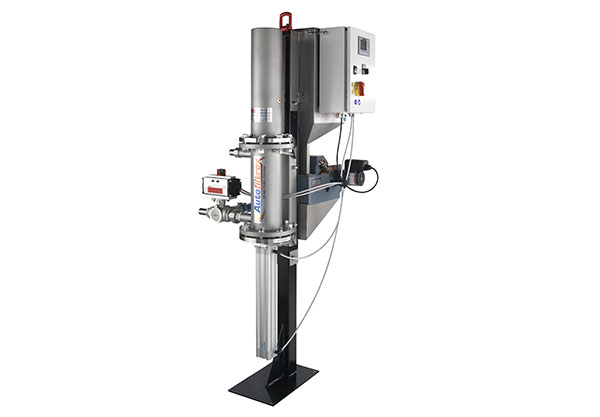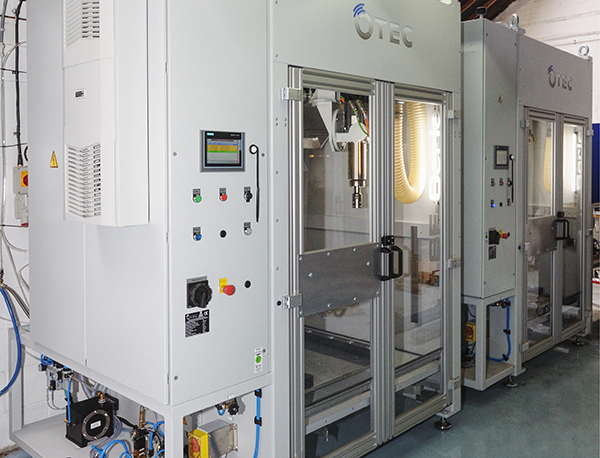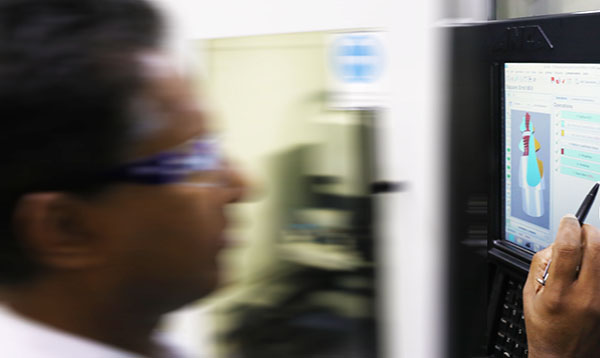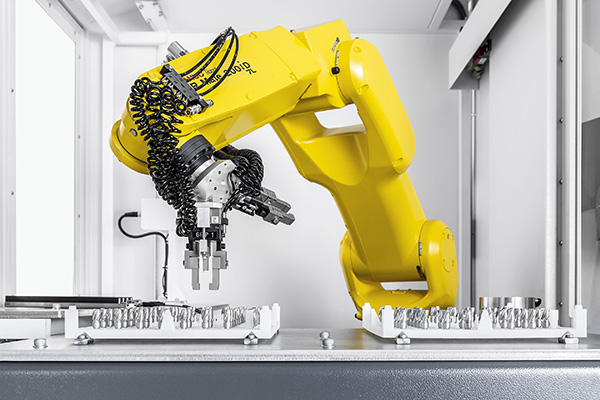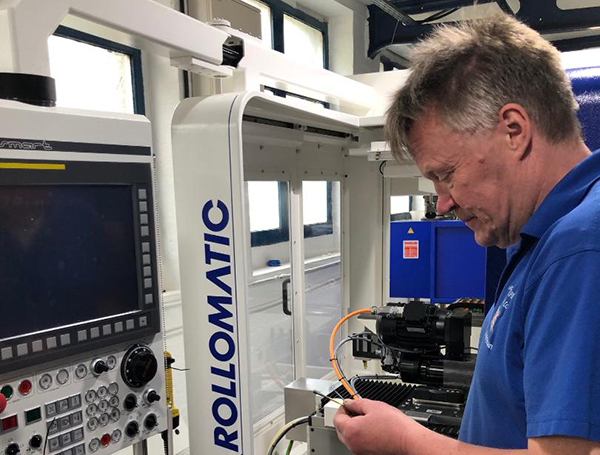The Autofiltrex range of automated filters, which is suitable for most ferrous metal-finishing processes, including grinding, honing and lapping, has been introduced by Eclipse Magnetics.

Described as the latest generation in cost-effective, high-performance filtration, the Autofiltrex was exhibited at the recent EMO 2019 exhibition in Hanover, where Eclipse Magnetics says it received high levels of interest and positive feedback.
Sales and marketing director Steve McAllorum says: “We were delighted to see that the Autofiltrex was a popular product on the Eclipse Magnetics stand at EMO. The Autofiltrex is a great example of how an investment in magnetic technologies can improve efficiency in metal-finishing operations.”
Eclipse Autofiltrex units can be fitted in-line or off-line, ensuring 24/7 “ultra-polished” fluids and delivering advantages over traditional filter media. The modular design allows the addition of further units to accommodate increased flow rates, depending on application needs. Offering sub-micron filtration performance, the Autofiltrex range delivers cleaner fluid to the machine, thus improving surface finish and accuracy, as well as reducing expenditure on filter media.
Designed as a ‘plug and play’ device, minimal set up is required, and the system can be fully integrated with CNC units for ease of use and to provide 24/7 uninterrupted filtration. In addition, the option of an additional waste reclaim unit is available to enable a fully automated system with waste disposal.
Three sizes are available – the AF1 (no reclaim unit), the AF3 and the AF5 – each occupying minimal floor space with the capacity to increase fluid life by up to 10 times.
For further information www.eclipsemagnetics.com







